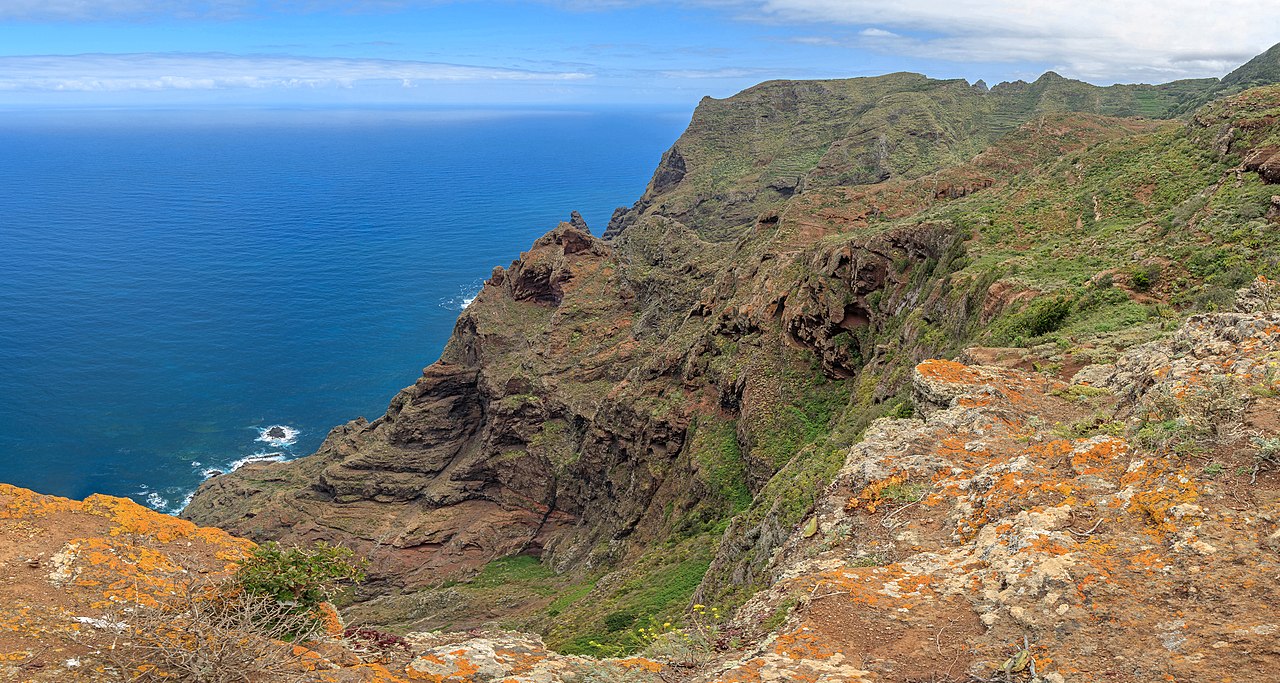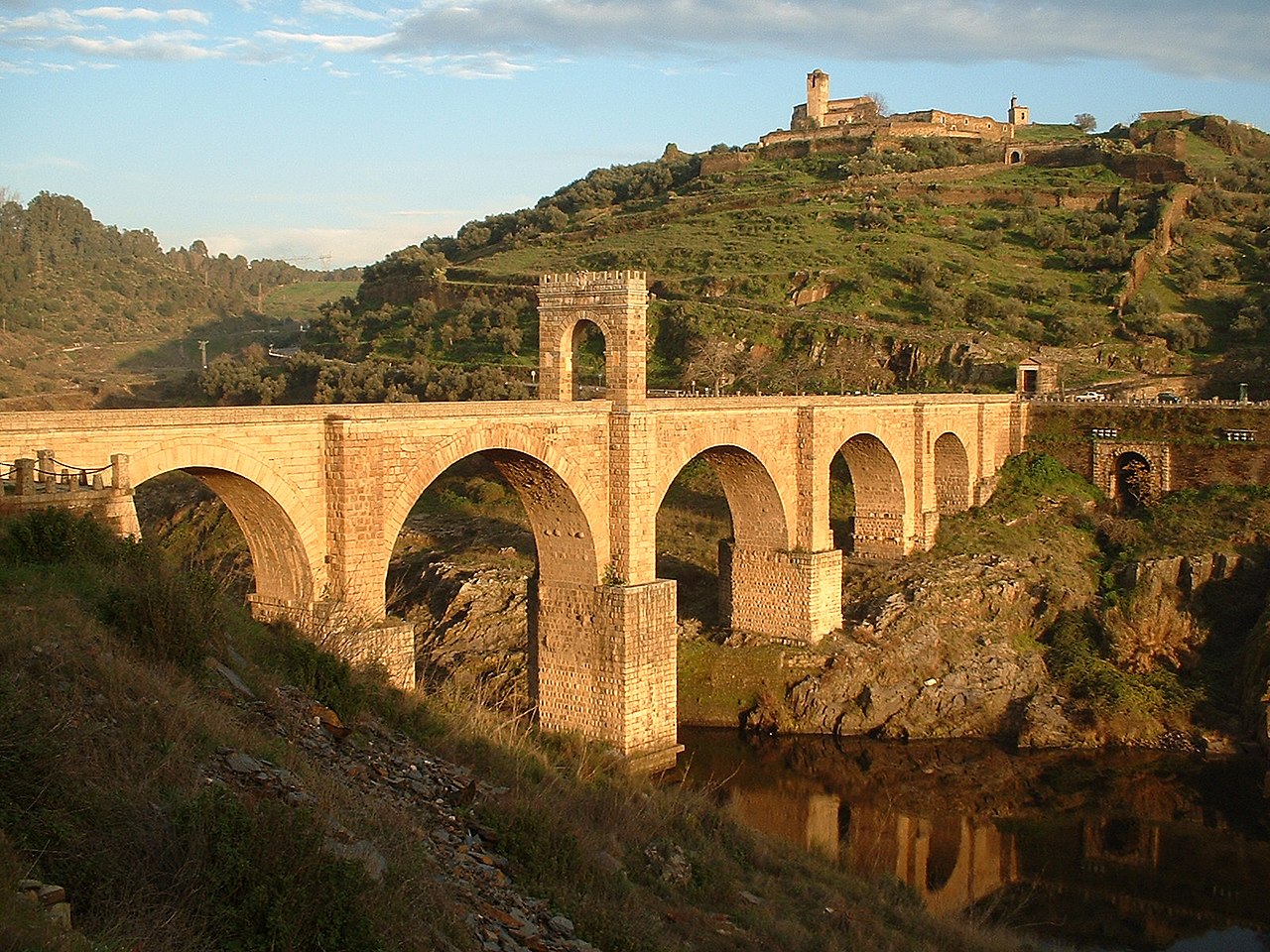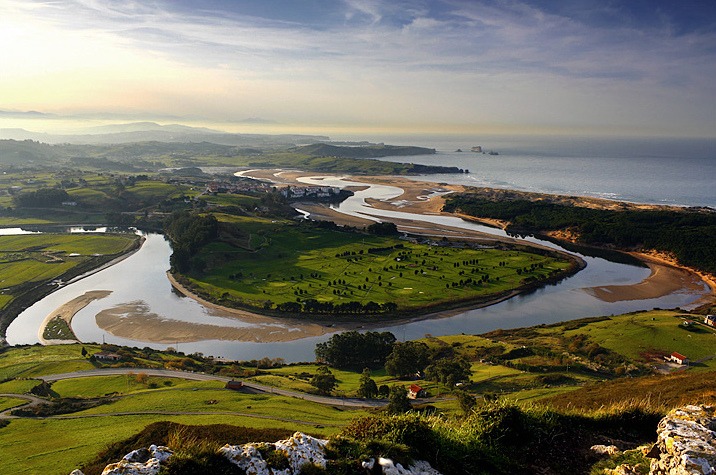Asturias captivates visitors with its natural beauty, rich cultural heritage, and delicious cuisine. Whetheryou’re exploring historic cities, hiking in national parks, or savoring local dishes, Asturias offers a memorable and enriching travel experience.
Getting There and Around
Asturias, a picturesque region in northern Spain, is accessible via Asturias Airport, located about 40 kilometers from the regional capital, Oviedo. From the airport, you can reach various parts of Asturias by bus, taxi, or car rental. The region boasts a good network of highways and regional trains, making it easy to explore. Public transportation within cities includes buses, and many towns are pedestrian-friendly, ideal for walking and cycling.
Top Attractions
Picos de Europa National Park: This stunning national park is perfect for nature lovers and outdoor enthusiasts. It offers hiking trails, breathtaking landscapes, and opportunities for wildlife spotting. Don’t miss the Covadonga Lakes and the Sanctuary of Covadonga.
Oviedo: The capital city of Asturias, known for its charming old town, impressive Cathedral of San Salvador, and numerous statues and sculptures scattered throughout the city. Explore the narrow streets, historic buildings, and vibrant plazas.
Gijón: A lively coastal city with beautiful beaches, a scenic promenade, and a rich industrial heritage. Visit the Laboral Ciudad de la Cultura, a cultural complex, and the Gijón Aquarium.
Cudillero: A picturesque fishing village known for its colorful houses perched on the hillside, overlooking the harbor. It’s a perfect place for a leisurely stroll and to enjoy fresh seafood.
Ribadesella: Famous for its beautiful beaches, prehistoric caves (Tito Bustillo Cave), and the annual International Descent of the Sella River, a popular canoeing event.
Luarca: A charming seaside town with whitewashed houses, a historic cemetery with ocean views, and a lively harbor area.
Culture and Cuisine
Asturias has a rich cultural heritage, with a strong Celtic influence and a tradition of folk music and dance. The region hosts numerous festivals, including the Descenso Internacional del Sella in August and the Asturias Day celebrations in September.
Asturian cuisine is hearty and flavorful, with an emphasis on fresh, local ingredients. Must-try dishes include fabada asturiana (bean stew with pork), cachopo (breaded and stuffed meat), and pitu de caleya (free-range chicken). The region is also famous for its cider (sidra), traditionally poured from a height to aerate it. Visit a sidrería (cider house) to experience this unique tradition. Don’t forget to try local cheeses, especially Cabrales, a strong blue cheese.
Shopping
For shopping enthusiasts, Oviedo offers a mix of international brands, local boutiques, and specialty stores. The old town is perfect for unique souvenirs, artisan crafts, and traditional Asturian products such as ceramics, woodwork, and jewelry. The Mercado El Fontán in Oviedo and the Mercado de San Agustín in Gijón are great places to buy fresh produce, local delicacies, and artisanal goods.
Day Trips
Asturias’s diverse landscape makes it ideal for day trips:
- Cangas de Onís: Visit the historic Roman bridge and the nearby Sanctuary of Covadonga. It’s a gateway to the Picos de Europa National Park.
- Lastres: A beautiful coastal village with narrow streets, traditional houses, and stunning sea views. It’s known for its fishing heritage and excellent seafood.
- Somiedo Natural Park: A UNESCO Biosphere Reserve offering breathtaking landscapes, hiking trails, and opportunities to see wildlife, including the Cantabrian brown bear.
Practical Tips
A few simple tips to make your visit to Asturia easier.
- Best Time to Visit: Spring (April to June) and Fall (September to November) offer mild weather and fewer tourists. Summers are warm and ideal for beach visits and outdoor activities, while winters are cooler and wetter, particularly in the mountainous areas.
- Language: Spanish is the official language. While English is spoken in tourist areas, learning some basic Spanish phrases can enhance your experience and interactions with locals.
- Safety: Asturias is generally safe, but as with any tourist destination, be mindful of your belongings in crowded areas and tourist sites to avoid pickpocketing.





